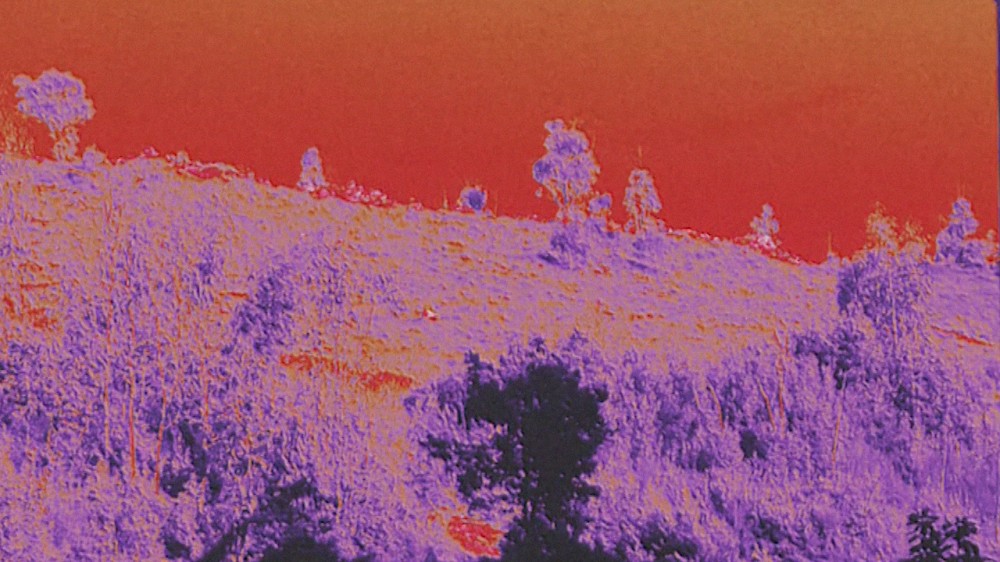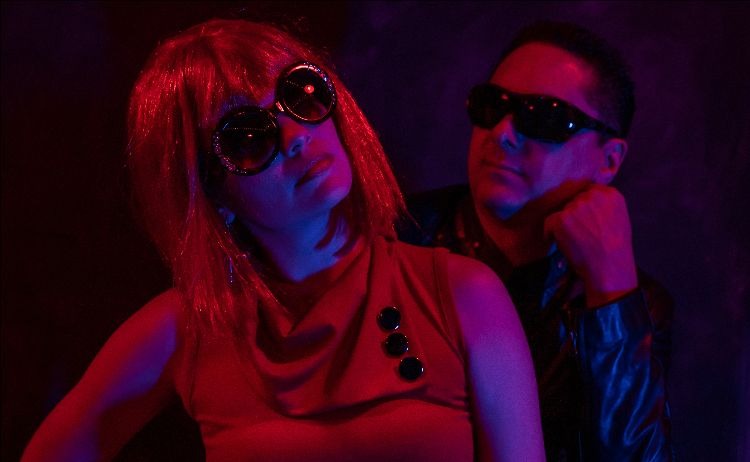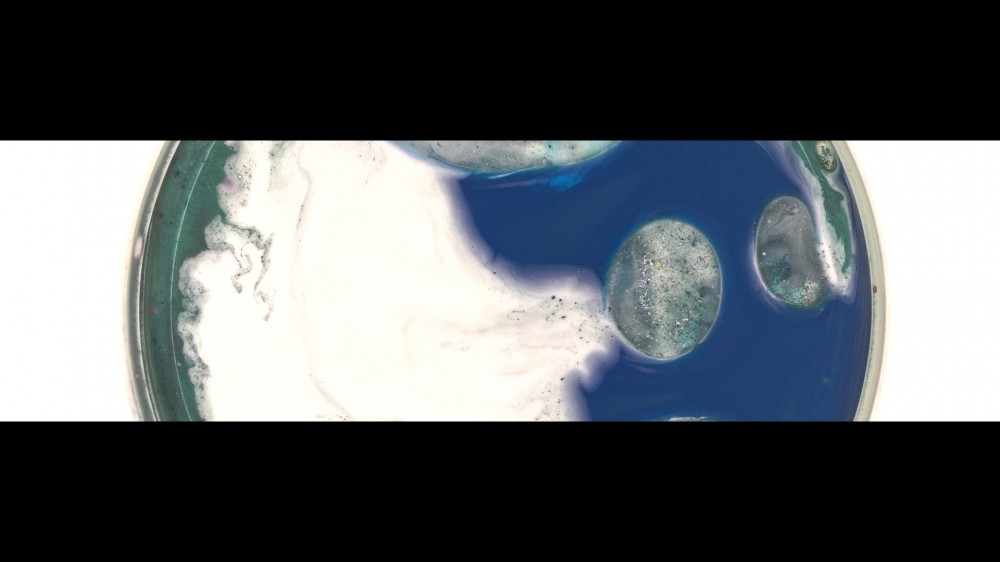
Natália Trejbalová flattens out the Anthropocene in Isle Of The Altered Sun
Charting a non-linear chronology of a speculative future, multidisciplinary artist Natália Trejbalová envisions new forms of evolution on a flat Earth.
In her canonical essay, ‘Tentacular Thinking: Anthropocene, Capitalocene, Chthulucene’, Donna Haraway poses the question: “What happens when human exceptionalism and bounded individualism, those old saws of Western philosophy and political economics, become unthinkable in the best sciences, whether natural or social?” Multidisciplinary artist Natália Trejbalová goes some way to answering this timely provocation with her film Isle Of The Altered Sun, a vision of a speculative future in which the Earth has become flat during a geological catastrophe. “Isle of the Altered Sun is set in the same world as my previous film, About Mirages and Stolen Stones,” Trejbalová explains. “Isle Of The Altered Sun is envisioned as a sequel set many, many years after Earth’s flattening, in a distant future where other planetary changes have taken place. In particular, I imagined a change in the sun’s rays passing through the atmosphere, and therefore also in the colours we perceive.” Taking inspiration from footage of microscopic organisms viewed under a microscope, the artist collapses micro and macro points of view in a recurring image of a swirling technicolour disc, a god’s eye view of a new flattened world that alternates between placid stillness and erratic surges, as though flickering between a pre- and post-catastrophe world. “We keep thinking about the evolution of mankind in terms of constant development, or on the contrary, of catastrophe: two perspectives that have in common the fact of being anthropocentric, while evolution has nothing to do with the improvement of human life,” explains Trejbalová.
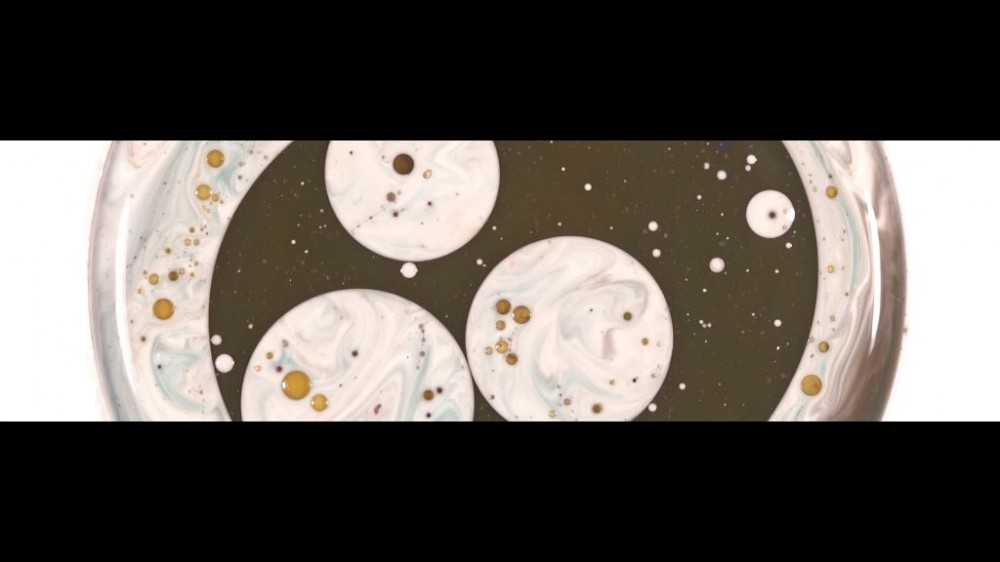
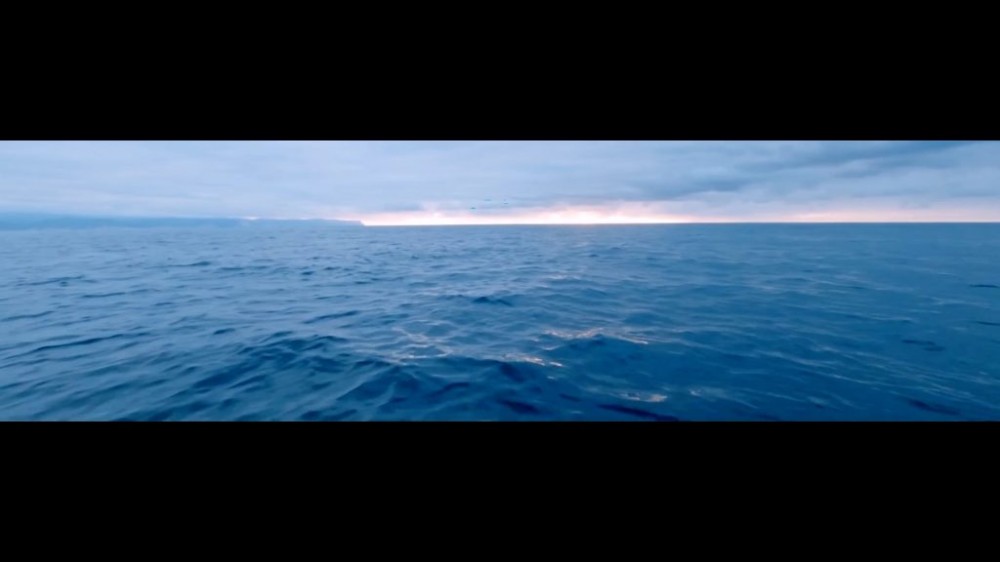
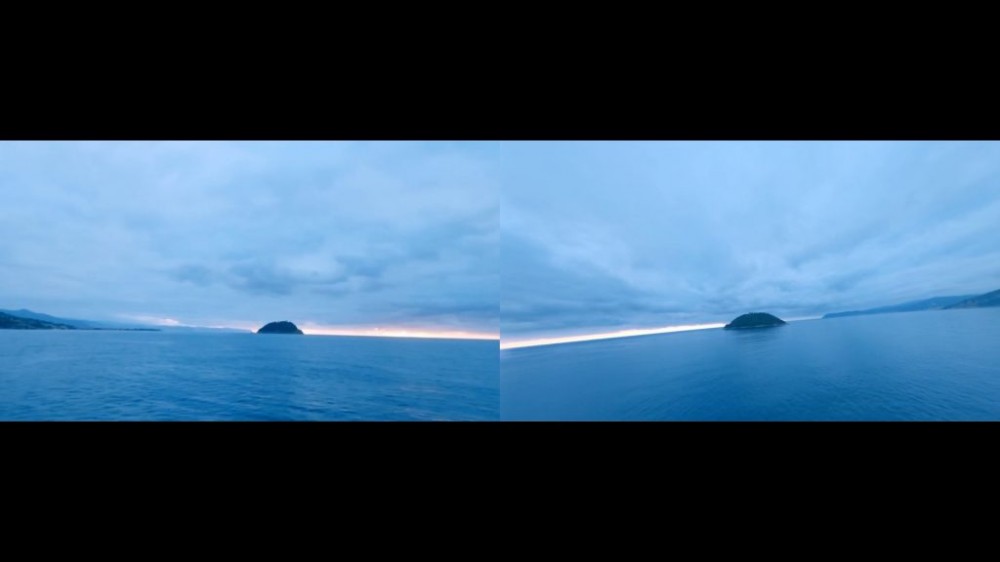
In a gesture that seeks to think through and with the Anthropocene, Trejbalová illuminates a new world, constructed around the fragile planetary equilibrium of development and catastrophe, taking both methodological and aesthetic cues from Donna Haraway. “I want to stay with the trouble,” asserts Haraway, “and the only way I know to do that is in generative joy, terror and collective thinking.” This is where Trejbalová picks up, presenting the world of Isle Of The Altered Sun as a collaborative landscape of systems and settlers. “Lately I’ve been interested in the communication between plants and between fungi in forests: a continuous exchange of information, a collaborative system – sort of a collective intelligence. In the world of Isle of the Altered Sun, intelligence is not individual, but dispersed.” Beginning with a passage over an endless primordial sea, captured between between Alassio and Gallinara Island in Liguria, we move slowly through new and alien flora, emerging into a psychedelic snapshot of cave-dwelling communities and paradisal waterfalls, scenes shot at the Orridi di Uriezzo and Marmitte dei Giganti, in Val d’Ossola. The humans featured in the film are members of Spirito di Lupo, a punk collective who’s voices are incorporated into the sci-fi polyphony of Matteo Nobile’s score. “We are part of the same community,” says Trejbalová, “that’s why I wanted them to play this possible human micro-community, which wanders in the territory as a pack and in which decisions are taken collectively, without hierarchies.”
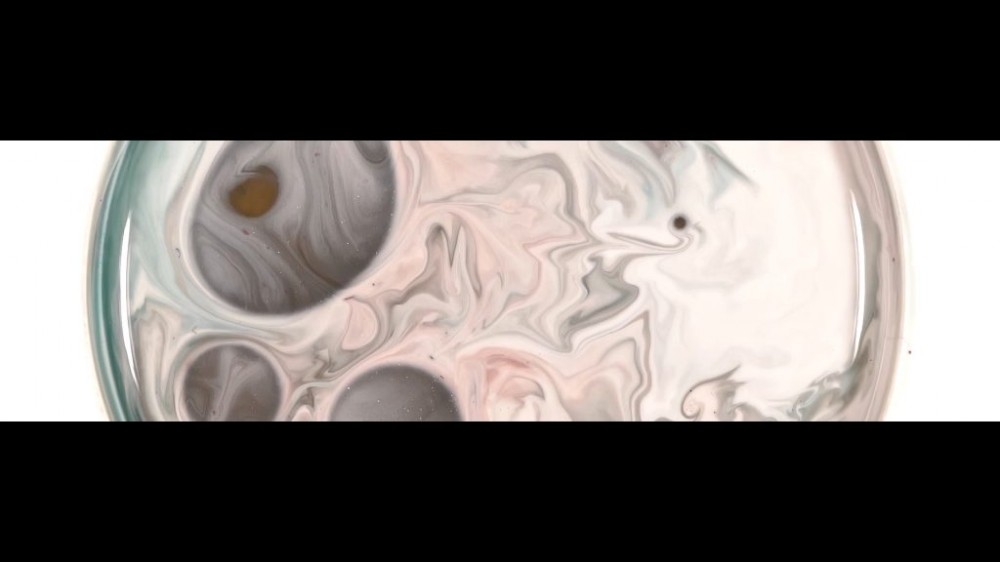

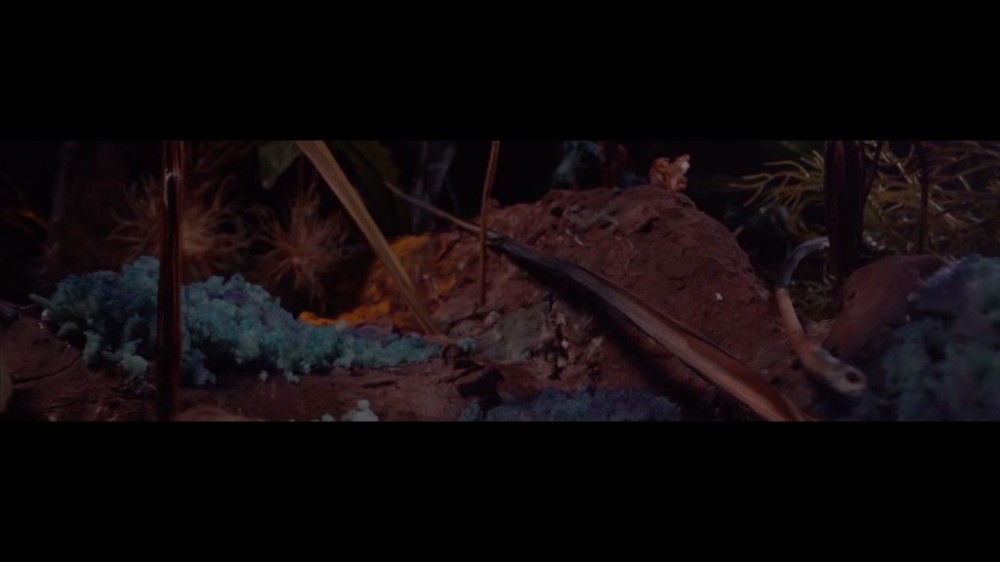
Referencing the aesthetics of psychedelia, Trejbalová looks inward, to altered states of perception, as a means of speculating on the altered states of a distant, flattened future. “Our interpretation of the world is absolutely anthropocentric, but it can be defused,” she asserts. “There are states of alteration that help us to perceive the world in a different perspective and this, in my opinion, is fundamental to empathise with what surrounds us and of which we are part. Psychedelia is one of the possibilities – I won’t say the only one, but the one that is most deeply rooted and easily accessible – to perceive the environment we live in without being at the center of it, immersing ourselves in what surrounds us. This, by the way, has a lot to do with the role of fungi in the environment. Mine is not meant to be a eulogy to the use of psychedelic substances, but almost all psychedelic drugs, even LSD, originate in moulds or fungi.” Tapping into the psychedelic to think through a flattened Anthropocene, Trejbalová conjures something approaching Haraway’s conception of a Chthulucene, a “sympoietic” dream of an interconnected, interdependent ecosystem, untethered from the duelling forces of the developmental and the catastrophic, a nonlinear history of a flattened earth. “The Chthulucene does not close in on itself; it does not round off; its contact zones are ubiquitous and continuously spin out loopy tendrils,” describes Haraway.

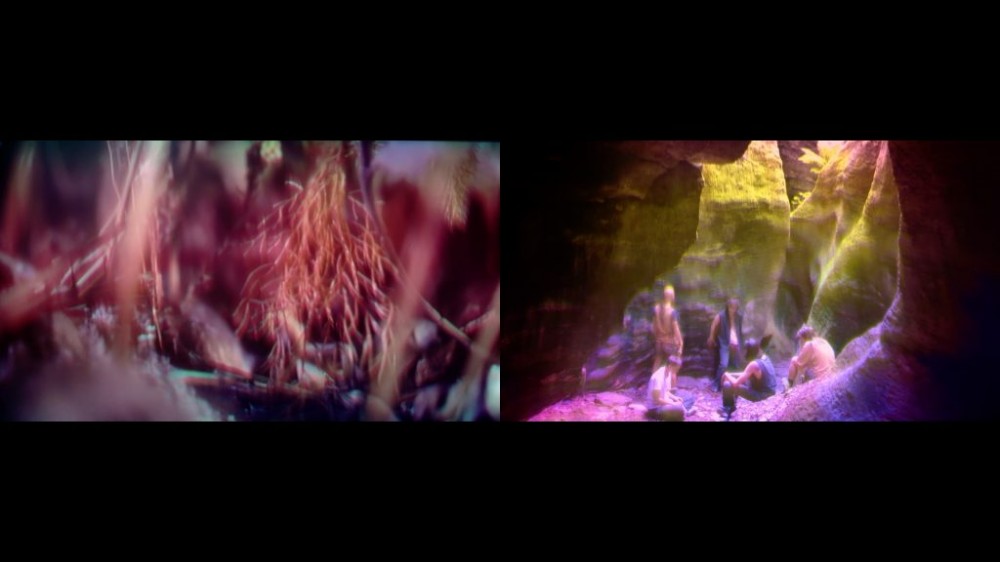
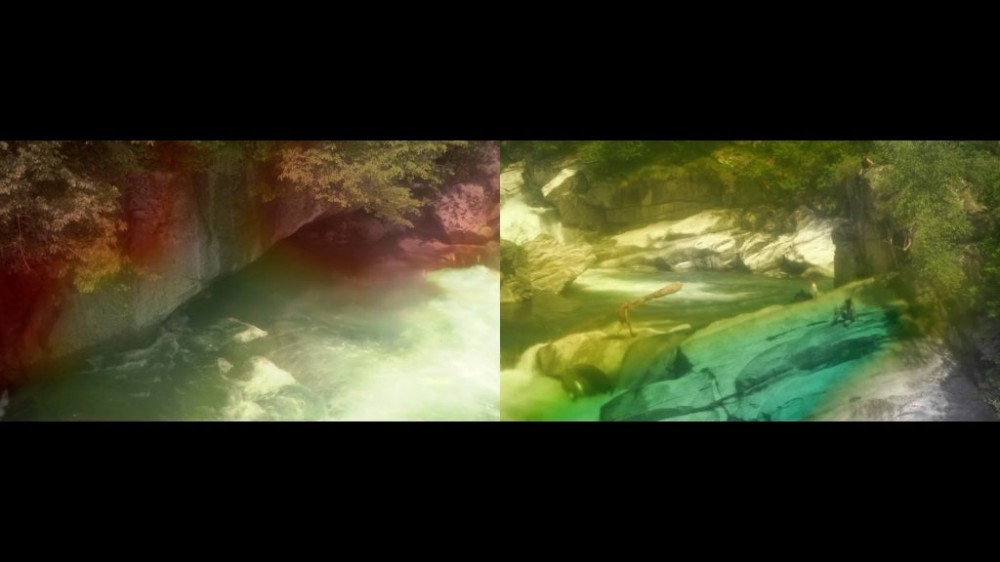
Following along these tendrils leads Trejbalová to a depiction of non-linear time, in which localised events, an approach to an island, a creep through undergrowth, a riverside gathering of settlers, are juxtaposed with planetary scale, time-lapse footage of the world at various phases of its new history. “One of the sources of inspiration for the work is the book Galapagos by Kurt Vonnegut, especially because of its non-linear vision of the history of the planet and of mankind,” she explains. “The past, the present and the future are constantly remixed, approaching the present with detachment. I wanted the film to have a structure similar to the book: the story begins after the catastrophe, but over time it is revisited, no longer considered as a catastrophe but as one among many other events that have happened.” In flattening out the Anthropocene into a new, tentacular Chthulucene, Trejbalová collapses linear time into a swirling mass of refracted colour, this new Earth’s dance of the past, present and future. Evoking the sentient ocean of gel from Stanisław Lem’s Solaris, Isle Of The Altered Sun begins and ends in this cosmic petri dish, in which, on both a microscopic and macroscopic scale, Trejbalová suggests a new way of thinking out of the Anthropocene thinking with the Chthulucene towards new and vibrant forms of evolution.
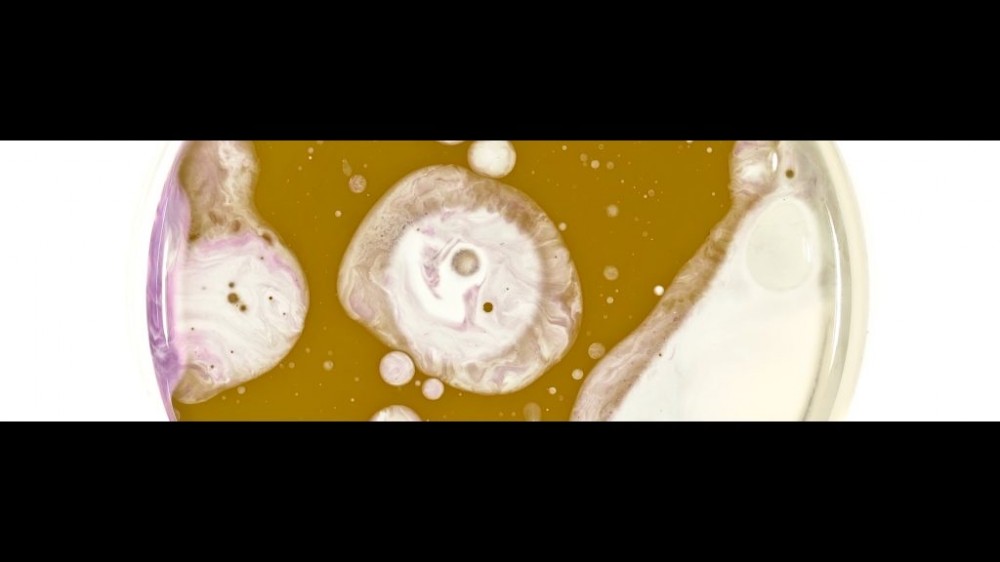
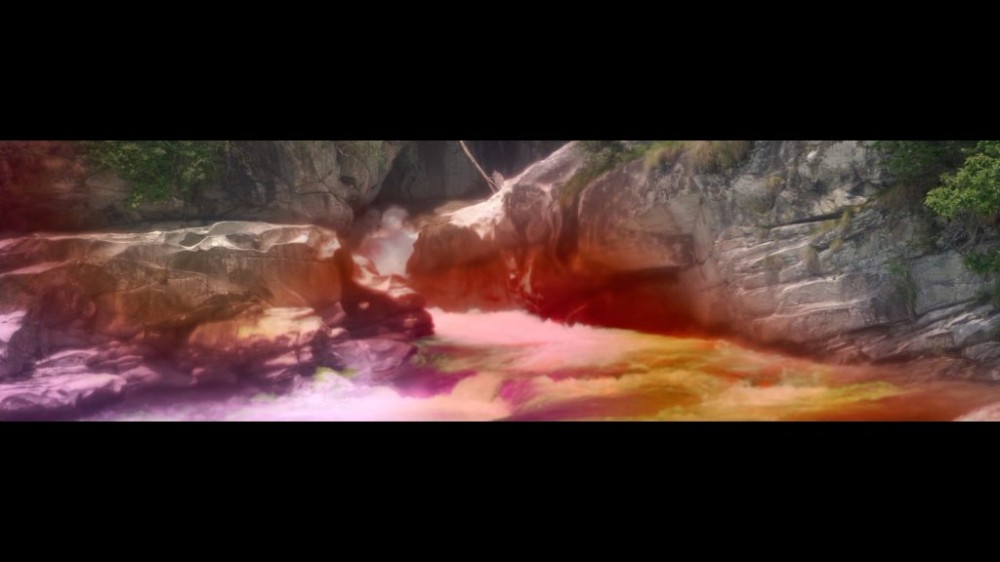
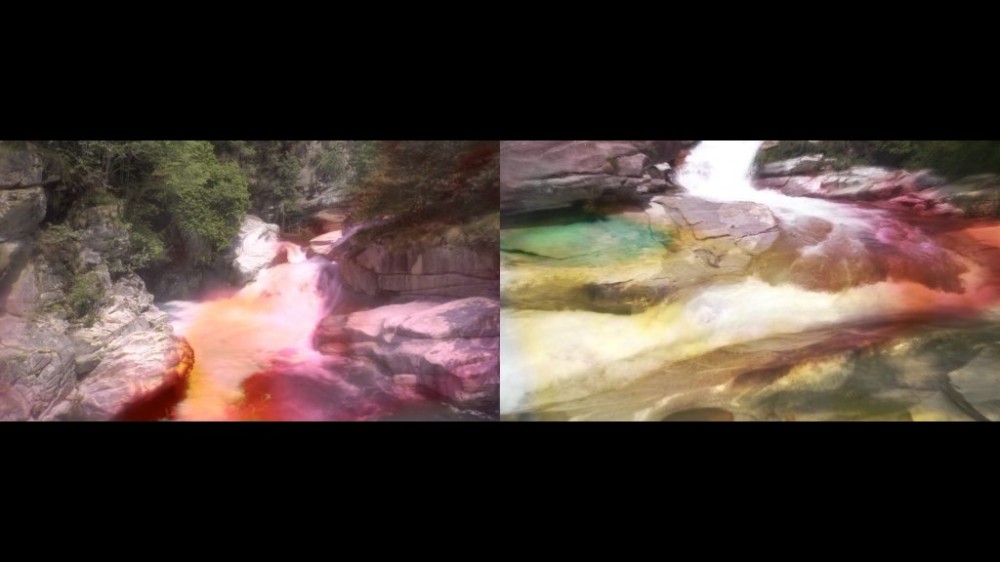
For more information about Natália Trejbalová and her work you can find her on Instagram. You can hear Spirito di Lupo on 4 canzoni, a tape from Italian punk imprint Sentiero Futuro Autoproduzioni.

